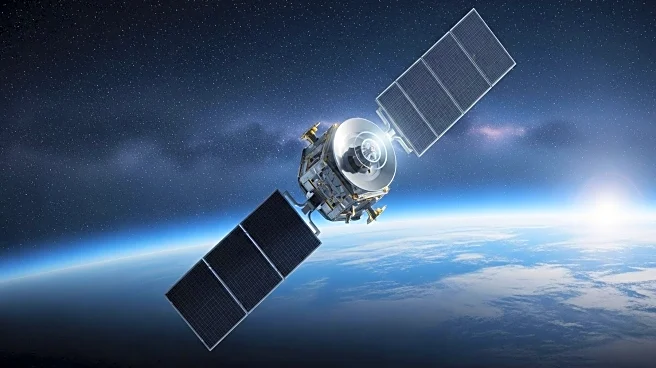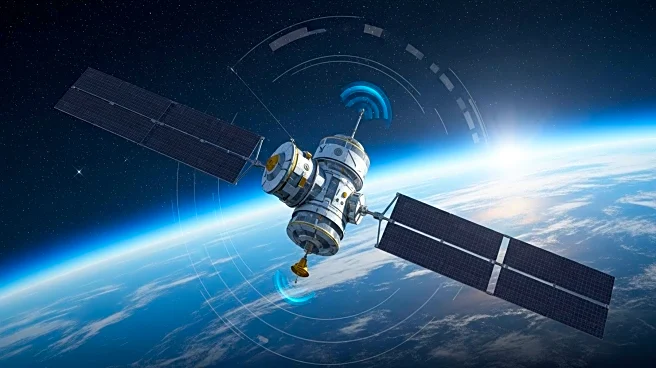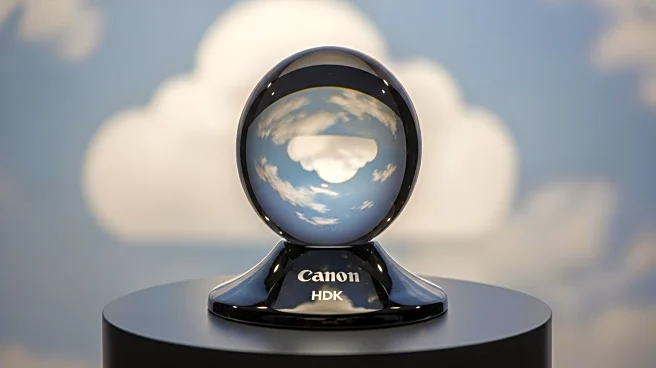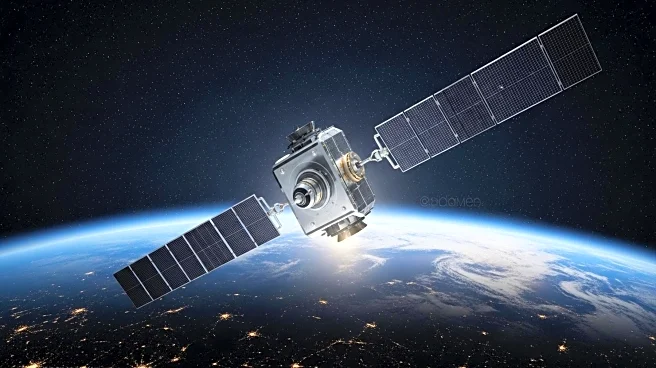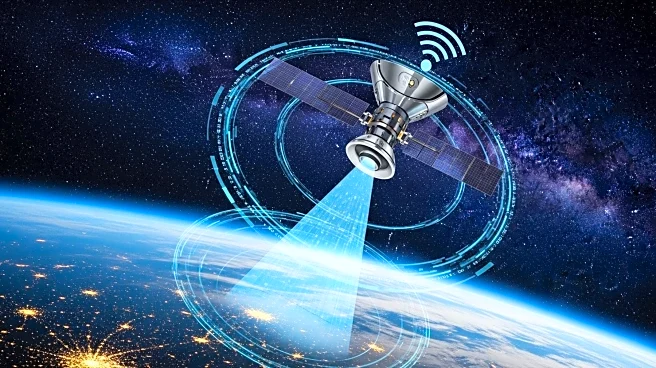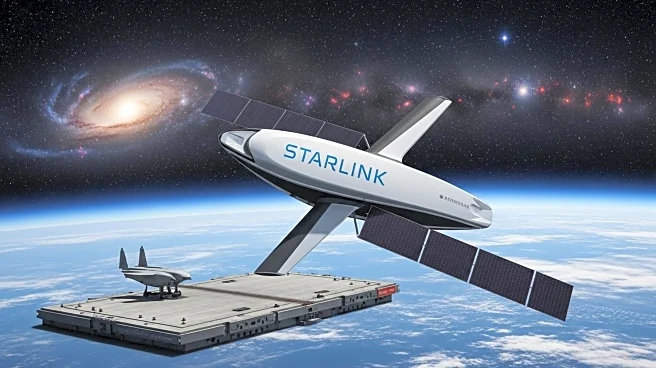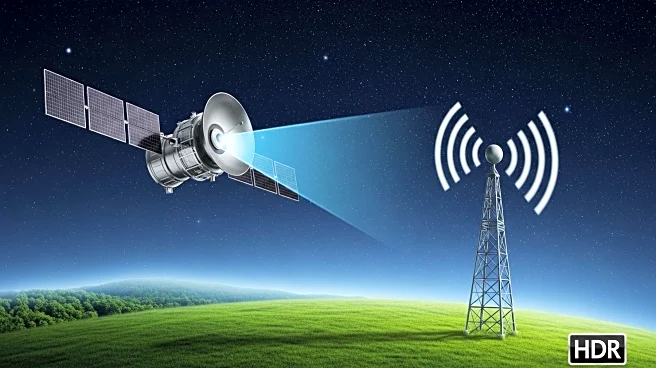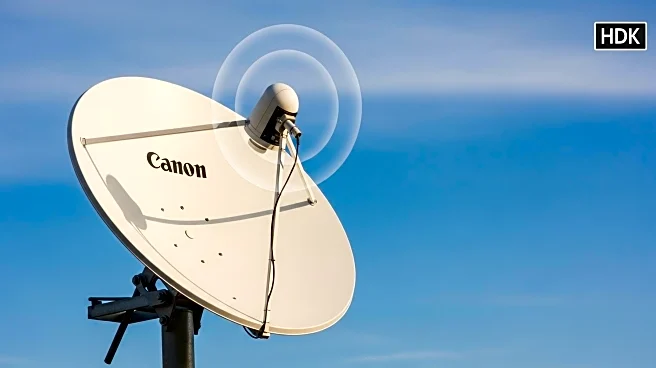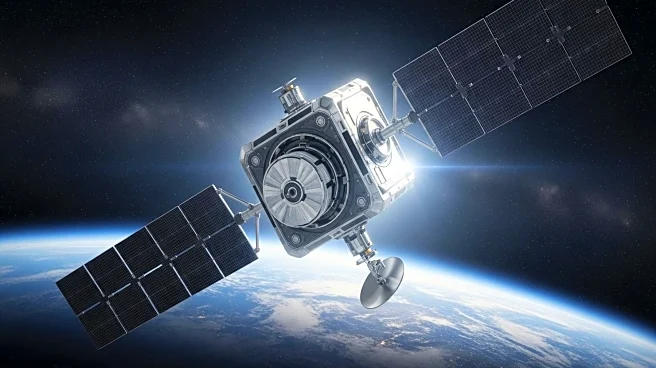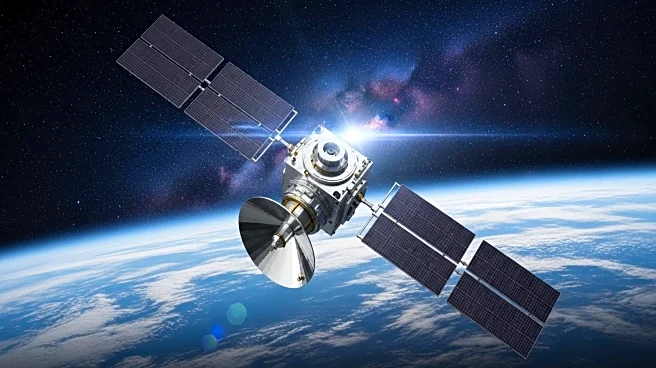What is the story about?
What's Happening?
Amazon is intensifying its efforts in the satellite internet market with its Project Kuiper, aiming to compete with SpaceX's Starlink. Recently, Amazon secured its first contract to provide in-flight WiFi services to JetBlue, marking a significant step in its satellite internet ambitions. Despite this progress, Amazon's satellite network remains in its infancy, with only 102 satellites in orbit compared to Starlink's 8,393. The Federal Communications Commission (FCC) has set a target for Amazon to deploy 1,600 satellites by July 2026 and 3,236 by July 2029. Amazon's entry into this market is part of a broader trend, with global operators planning to launch approximately 70,000 low Earth orbit (LEO) satellites between 2025 and 2031.
Why It's Important?
Amazon's push into the satellite internet sector represents a significant challenge to SpaceX's current market dominance. The competition between these tech giants could drive innovation and potentially lower costs for consumers. The expansion of satellite internet services is crucial for providing connectivity to underserved regions, including remote and rural areas. This development could also play a pivotal role in the future rollout of 6G technology, which is expected to rely heavily on satellite networks. The rivalry between Amazon and SpaceX may lead to advancements in satellite technology and increased accessibility to high-speed internet globally.
What's Next?
Amazon plans to continue expanding its satellite network, with additional launches scheduled to meet FCC requirements. The company is also likely to seek more partnerships with airlines and other service providers to broaden its customer base. Meanwhile, SpaceX is not resting on its laurels, having recently acquired Echostar's wireless spectrum licenses to enhance its 5G capabilities. The competition between these companies is expected to intensify, with both aiming to capture a larger share of the growing satellite internet market.
AI Generated Content
Do you find this article useful?
